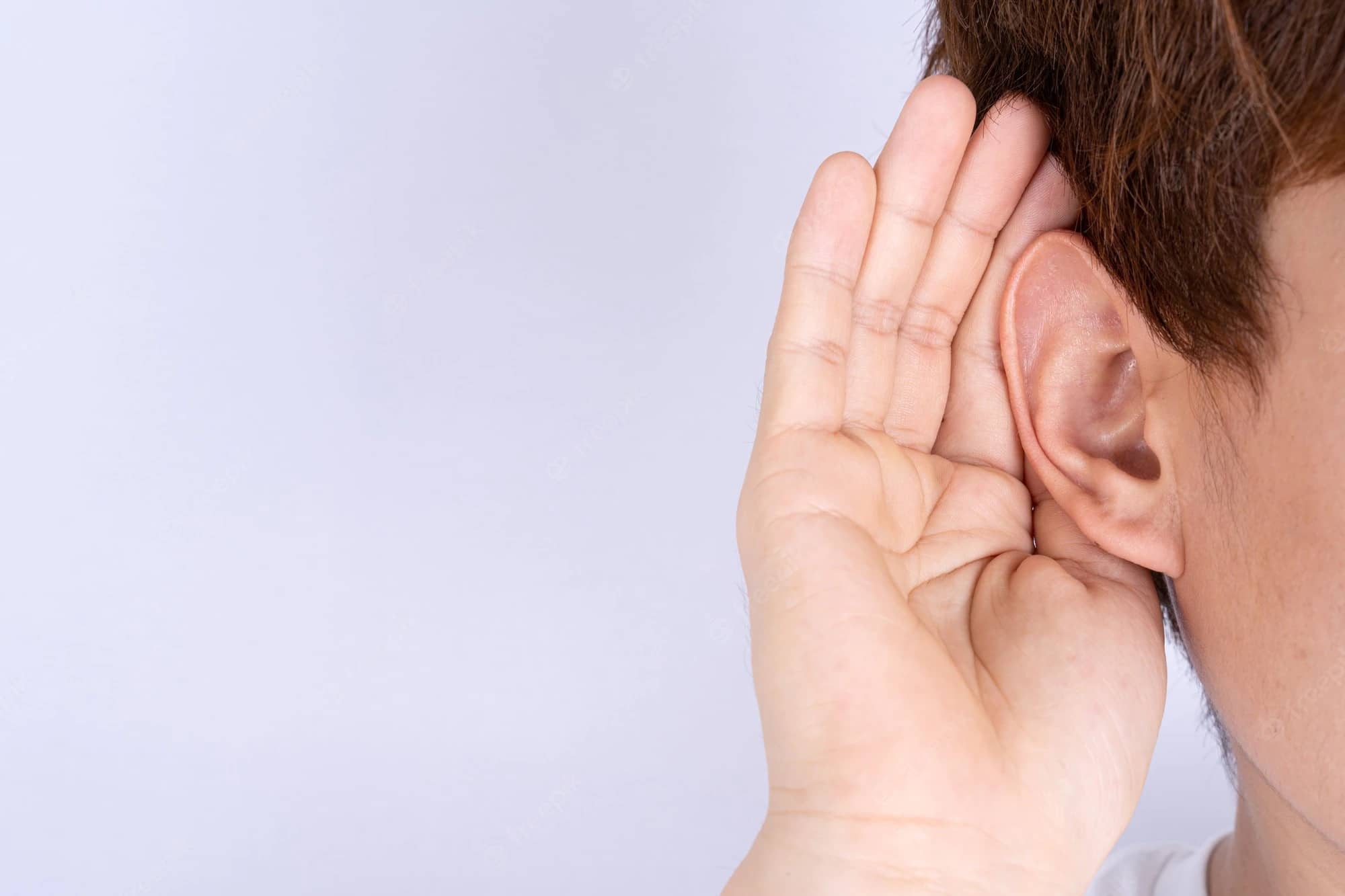1. Introduction
Hearing is one of the five senses. It helps us understand the world around us. Learn more about how we hear.
Your ears are fully developed at birth. In fact, you are able to respond to sounds before you are born. As a baby, you can hear soft and loud sounds right away. So, how do you hear?
2. Ear Parts Leading To Brain
Your ear has three parts that lead to your brain. These parts are the outer ear, the middle ear, and the inner ear.

2-1. Outer Ear
Your outer ear includes your pinna and ear canal. The pinna is the part of your ear that you see on the sides of your head. It is cartilage and soft tissue, not bone. This helps it keep its shape but stay flexible. Sounds go into the pinna and down your ear canal. The pinna helps you figure out which direction sounds come from.
2-2. Middle Ear
Your eardrum is at the end of your ear canal. This is where your middle ear starts. Your middle ear has three tiny bones in it, called ossicles. These three bones form a chain from the eardrum to the inner ear. The eardrum moves back and forth when sounds hit it. Different pitches, or how high or low a sound is, make the eardrum move more or less. The eardrum makes the small bones move. This movement sends a signal to the inner ear.
2-3. Inner Ear
Your inner ear helps with both hearing and balance. The cochlea is the hearing part of the inner ear. The semicircular canals are part of your balance system. The cochlea is bony and looks like a snail. It has fluid and hair cells inside of it. When the bones in your middle ear move, the fluid in your inner ear starts to move. This movement triggers the hair cells. Not all hair cells move at the same time. Different hair cells move for different sounds. The hair cells change the movement into electrical signals. These signals go through your auditory nerve into your brain. Your brain understands these electrical signals as sounds. Your brain then has to figure out what the sounds mean and how to respond. This is how we hear.
Your inner ear also helps control your balance. The parts of your inner ear that help with balance share the same space and fluid as the cochlea. These parts are the semicircular canals, utricle, and saccule.
3. Six Basic Steps to How we Hear
1. Sound transfers into the ear canal and causes the eardrum to move.
2. The eardrum will vibrate with different sounds.
3. These sound vibrations make their way through the ossicles to the cochlea.
4. Sound vibrations make the fluid in the cochlea travel like ocean waves.
5. Movement of fluid, in turn, makes the hair cells The auditory nerve picks up any neural signals created by the hair cells. Hair cells at one end of the cochlea transfer low pitch sound information and hair cells at the opposite end transfer high pitch sound information.
6. The auditory nerve moves signals to the brain where they are then translated into recognizable and meaningful sounds. It is the brain that “hears.”


